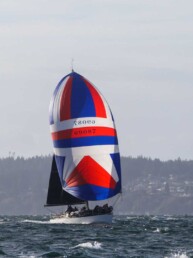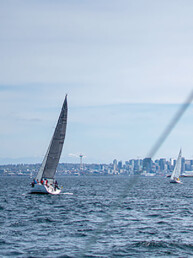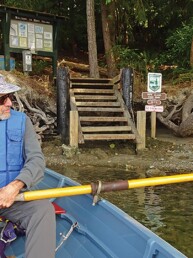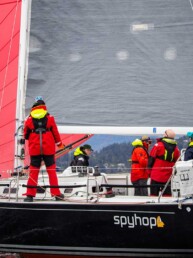I am frequently asked, “What is cool or noteworthy in the world of sailing? What’s the next big thing?” and variations on that theme. The answer is usually murky — foiling technology for America’s Cup boats and many other designs is always good for inspiring wide-eyed awe from the uninitiated. Or perhaps the better response is amazing grassroots sailing stuff like the significant increase in high school sailing participation in our region or the rapidly growing group of young women who own boats around the Pacific Northwest. No doubt, it’s all incredibly cool.
Recently, my go-to answer has been about doublehanded racing. While Sloop Tavern’s Race to the Straits in May has remained immensely popular for a few decades and gets lots of folks out racing shorthanded for the first time, offerings and excitement for this niche of sailing have boomed in the last few years.
The 2018 announcement of a (presently paused) plan for an Olympic class for mixed offshore doubles certainly sparked some new interest. And no doubt, the pandemic played a role — shorthanded sailing seemed like one of the few things we could do for a while, and most of 2020’s races were contested by smaller-than-average crews.
Yet, I think shorthanded racing’s enduring appeal is much more far-reaching, and with good reason. In my interview with a pair of doublehanded racing couples who sailed in the Pac Cup this year (page 36 of the December Issue), they said simplifying the logistics of going racing is a major initial motivator. It can be difficult to organize a crew, and aligning intentions and commitments across a group of people with varying responsibilities and interests can be a challenge. Finding just one other person you jive with on the water, and who shares similar goals, is a more manageable ask. To me, doublehanding feels more fun and more accessible than singlehanding, but the same principles apply.
Opportunities for inspiration know no bounds in this realm, and shorthanded racing also continues to grow elsewhere in the world. Here and abroad, more boats are being designed and built specifically with shorthanded racing in mind. Chris and Justin Wolfe, one pair of my interviewees, now co-own such a boat — the Jeanneau Sunfast 3300 Red Ruby — and have been competing against large fleets of other doublehanded teams in Europe and doing incredibly well. (Teaser: 48° North will be bringing you more from the Red Ruby crew in 2023). The other newer-to-racing pair of interviewees, Stephanie Arnold and Ken Machtley, completed their first Hawaii race this summer on a different purpose-built design, the J/99 Dash.
Another factor contributing to shorthanded racing’s popularity is the occasion to develop a very broad range of skills — this pursuit offers an unmatched combination of breadth and depth of knowledge and skill, all while cultivating a genuine confidence in your own self-sufficiency. For those whose interests in sailing include both cruising and racing, the skills are eminently transferable. If you’ve already cruised shorthanded, those skills will come in handy while racing shorthanded; or if you plan to cruise one day, shorthanded racing will give you vastly more applicable knowledge than if you have a highly specialized role on a larger crew.
As ever, there’s no one best way to go boating — the range of interests is so wide, and there is room on the water for all of us. However, I count myself among the group finding excitement and inspiration in the world of shorthanded racing. It seems doable, rewarding, and super fun. Personally, I’ll be looking for ways to join the movement in the PNW.
I’ll see you on the water, and happy holidays!
Joe
Header background image of Chris and Justin Wolfe sailing their J/111 Raku, courtesy of Ken Machtley.
Joe Cline
Joe Cline has been the Managing Editor of 48° North since 2014. From his career to his volunteer leadership in the marine industry, from racing sailboats large and small to his discovery of Pacific Northwest cruising —Joe is as sail-smitten as they come. Joe and his wife, Kaylin, welcomed a baby girl to their family in December 2021, and he is enjoying fatherhood while still finding time to sail, make music, and tip back a tasty IPA every now and again.
